Human trafficking in the US
April 1, 2010
Most people will agree that the trans-Atlantic slave trade was a horrible inhumanity. What many people don’t know is that slavery didn’t just vanish with the ratification of the 13th Amendment. Modern slavery, also known as human trafficking, is an ongoing problem. In fact, the current number of slaves is greater than the number of people taken from Africa in four centuries of the trans-Atlantic slave trade, according to a recent National Geographic article about the 21st century slave trade. The author, Andrew Cockburn, claims that there are an estimated 27 million modern-day slaves around the world today, whereas there were four million slaves at the time of the Civil War.
Human trafficking is defined by the Trafficking Victims Protection Act as anyone held in service of another through force, fraud or coercion, or any minor in commercial sex. According to www.thefuturegroup.org, modern day slavery is currently the third largest criminal industry in the world, surpassed only by arms and drug dealing. Human trafficking also has a high growth rate and is predicted to become the second largest criminal industry within the next few decades. American human trafficking includes smuggling people into the US from other countries, kidnapping and selling US citizens to people in foreign countries and trafficking citizens within the US. According to the US State Department, between 14,500 and 17,500 people are trafficked to the US every year—80 percent of them female and 50 percent of them children.
“It occurs in every country in the world and every state in the US,” Dottie Laster, Executive Director of Million Kids, President of Laster Global Consulting and member of the U. S. Attorney of San Antonio’s Human Trafficking Rescue Alliance, said.
Many people think that human trafficking only happens in third world countries and other places not as wealthy as the US. This is a dangerous assumption, as the United States is just as involved in human trafficking as poorer countries. According to the National Report on Domestic Minor Sex Trafficking, at least 100,000 children are used in prostitution every year in the US.
“It’s horrible. No human should ever have those kind of rights over another human,” Kailey Gursoy, junior, said. “If it really is happening on such a large scale, I’m impressed by how well it’s hidden, even in your own country. It’s too bad that we fought so hard to get rid of slavery and now it’s back.”
Ignorance and a general lack of awareness are the biggest issues hindering a resolution to this growing problem. According to the US State Department, almost one in every five victims of human trafficking travel through Texas. Houston and El Paso are two of the most intensely trafficked cities in the country. Austin, too, is involved in human trafficking, proven in part by a victim that escaped at the beginning of January from the Mi Casa apartment complex. She stopped for help a few blocks away at the Haven Food Mart in North Austin bloody and wearing very little clothing. Her hands were injured from breaking a window to escape. 44-year-old Santiago Ramirez Cruz was charged with unlawful restraint, serious bodily injury and smuggling, all felony charges. Smugglers were paid $2,100 to bring the victim into the US.
Sex trafficking is a common form of human trafficking. Sex traffickers target vulnerable youth, such as runaways. A national study found that as many as 2.8 million children live on the streets, and a third of them are enticed into prostitution within 48 hours of running away. The average age these girls begin prostitution is 12 to 13 years of age.
“I feel terrible for any girl who has to go through anything like that, whether it is by force or by choice,” Donna Noorbakhsh, junior, said. “Especially at the age of 13 − that’s shocking.”
Tactics that pimps use to obtain their victims include seduction, promises of modeling or film work opportunities, guarantees of a good job, love and/or marriage.
“I have worked on cases where the victims were engaged and had met the love of their lives and are now missing or were forced to prostitute,” Laster said.
According to Laster, girls especially need to be aware of the dangers of human trafficking. A trafficker may be older than their intended victim, may attempt to isolate their target, have a lot of money but no job, travel frequently or promise love/marriage in another city. Traffickers are usually men, but they can also be women, such as a woman in Austin who forced minor girls into prostitution.
“Do not trust new acquaintances,” Laster said. “Keep with your friends and family and do not get isolated.”
Human trafficking is on the rise so one can never be too careful. Even though human trafficking is difficult to stop, it can certainly be slowed down, simply by raising awareness. There are many websites doing this and spreading information, including Dottie Laster’s at www.millionkids.org.
Raising awareness and being conscious of personal security at all times are the best preventative measures.


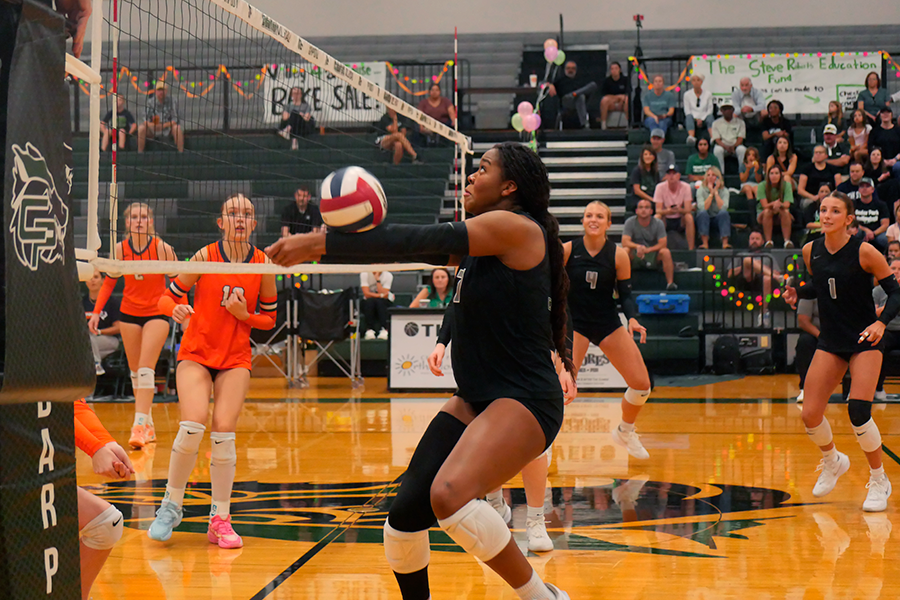
![Jumping off the ground, senior linebacker Bennett Patton snatches the ball out of the air for an interception at Thursday’s game against Chaparral. Patton had two interceptions in the 56-14 victory, tying the school record for interceptions in a game. “I was just playing the game,” Patton said. “[I’m] going to go into next week, forget about it and stay humble.” Photo by Harper Chapman](https://cphswolfpack.com/wp-content/uploads/2025/09/bennett-interception.jpg)
![The fire department came to the school after students were evacuated when smoke started coming from the ceiling of a classroom. All students and staff are safe. “All of my friends left their stuff too, so we couldn’t contact our parents, and it was stressful,” senior Brynn Fowler said. “It was scary because I didn’t know [what was going on], and I couldn’t find anyone because it was a big crowd.” Photo by Anthony Garcia](https://cphswolfpack.com/wp-content/uploads/2025/09/firetruck.jpg)
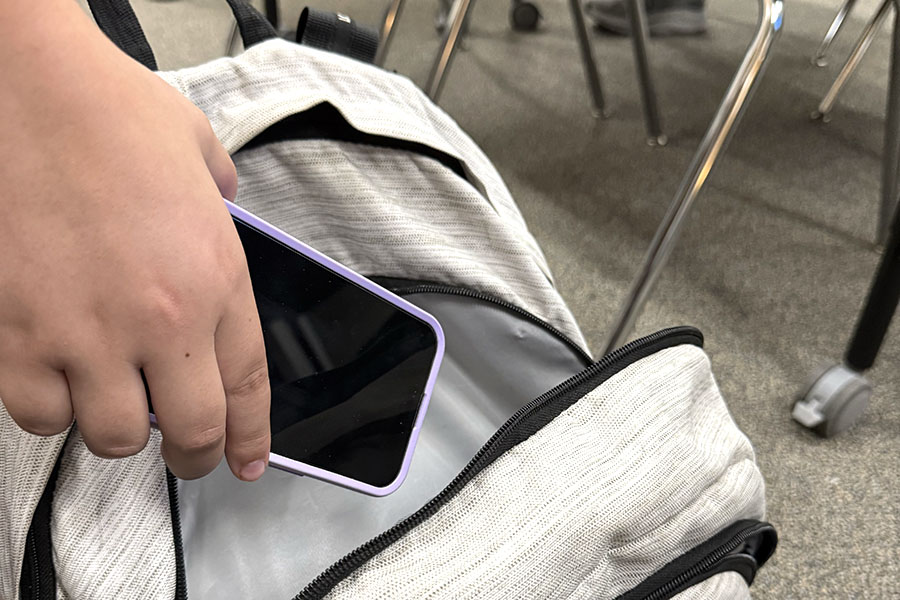

![Sitting with her friend senior Sohpia Struve at last year’s Austin City Limits Festival, senior Ava Zuniga poses for a picture under a pavilion. They are frequent attendees at ACL, an annual music festival at Zilker Park. “I would recommend seeing a bunch of people,” Zuniga said. “This past year, we camped out for Chappell [Roan] for a really long time. I think the whole point of ACL, [which] is a lot of fun, is that you can go see so many different people, even if you don’t know them. So by camping by one person, it really limits yourself from being able to go see a bunch of people.” Photo courtesy of Ava Zuniga](https://cphswolfpack.com/wp-content/uploads/2025/10/EE9E9484-FE6F-4AA0-B5F5-0C177AB32841-1200x857.jpeg)
![Broadcast, yearbook and newspaper combined for 66 Interscholastic League Press Conference awards this year. Yearbook won 43, newspaper won 14 and broadcast took home nine. “I think [the ILPC awards] are a great way to give the kids some acknowledgement for all of their hard work,” newspaper and yearbook adviser Paige Hert said. “They typically spend the year covering everyone else’s big moments, so it’s really cool for them to be celebrated so many times and in so many different ways.”](https://cphswolfpack.com/wp-content/uploads/2025/05/edited-ILPC.jpg)


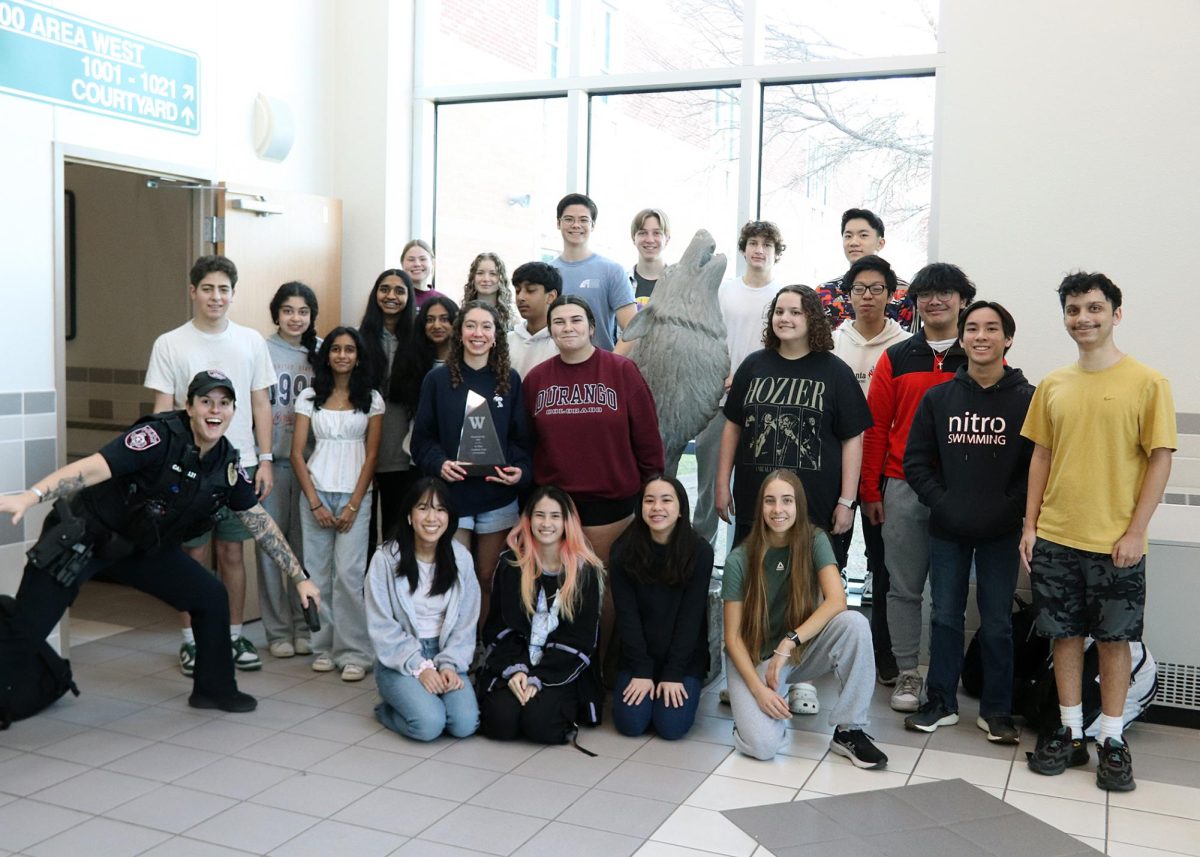

![Looking down at his racket, junior Hasun Nguyen hits the green tennis ball. Hasun has played tennis since he was 9 years old, and he is on the varsity team. "I feel like it’s not really appreciated in America as much, but [tennis] is a really competitive and mentally challenging sport,” Nguyen said. “I’m really level-headed and can keep my cool during a match, and that helps me play a bit better under pressure.” Photo by Kyra Cox](https://cphswolfpack.com/wp-content/uploads/2025/09/hasun.jpg)
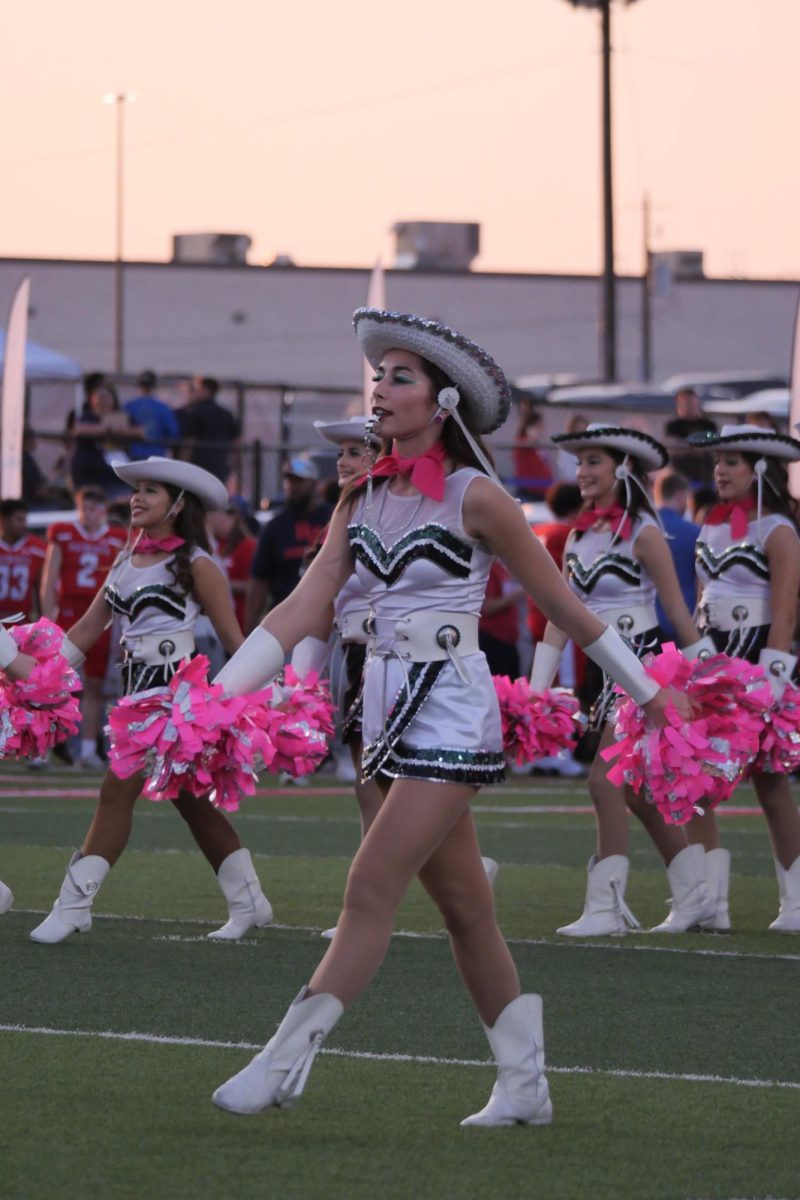

![Bringing her arm over her head and taking a quick breath, junior Lauren Lucas swims the final laps of the 500 freestyle at the regionals swimming competition on date. Lucas broke the school’s 18-year-old record for the 500 freestyle at regionals and again at state with a time of 4:58.63. “I’d had my eye on that 500 record since my freshman year, so I was really excited to see if I could get it at regionals or districts,” Lucas said. “ State is always a really fun experience and medaling for the first time was really great. It was a very very tight race, [so] I was a bit surprised [that I medaled]. [There were] a lot of fast girls at the meet in general, [and] it was like a dogfight back and forth, back and forth.” Photo by Kaydence Wilkinson](https://cphswolfpack.com/wp-content/uploads/2025/03/Kaydence-2.7-23-edit-2.jpg)
![As the support team sits and poses for a photo in the cafeteria with the counseling team they eagerly wait to start their day. "We [all] seem to be a team, I get up every day and there's days where I don't want to go to work today, but I'm thankful that I have a job and I'm blessed to have what I have," Christopherson said. Photo Courtesy of Julie Weltens.](https://cphswolfpack.com/wp-content/uploads/2025/01/AF9E8470-10D7-4C91-BF28-EC8F86BAB66C-1200x852.jpeg)
![Officer Stephanie Cash is in her second year as an SRO at CPHS. “Seeing [students] grow over the years has been kind of cool,” Officer Cash said. “Freshmen that [are] all over the place and then in the next couple of years get a little more squared away and go to class and do work and start thinking about the future. Being a part of a student's growth is the best way to measure my success as an SRO.” Photo Courtesy of Cedar Park Police Department's PIO, Alicia Gallagher.](https://cphswolfpack.com/wp-content/uploads/2024/12/CPHS-SRO-900x1200.jpg)
![As he sprints with the ball, senior running back Trae Hill breaks a tackle during Friday’s 35-14 loss against the Vandegrift Vipers. Hill ran for 135 yards and two touchdowns during the game. “[Scoring] was electric,” Hill said. “It always feels good to score, but the O-line did everything.”](https://cphswolfpack.com/wp-content/uploads/2025/09/IMG_0795allie.varfb_-1200x799.jpg)








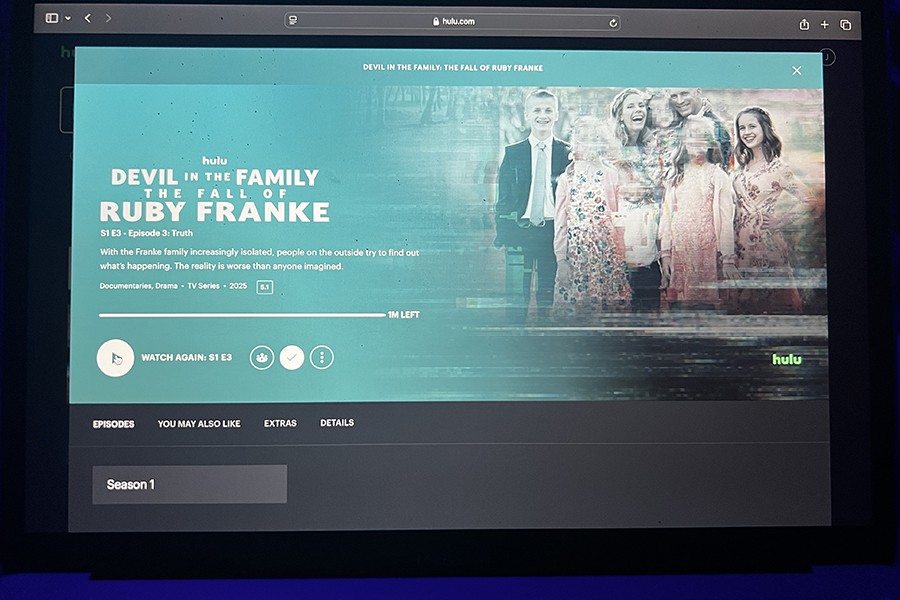






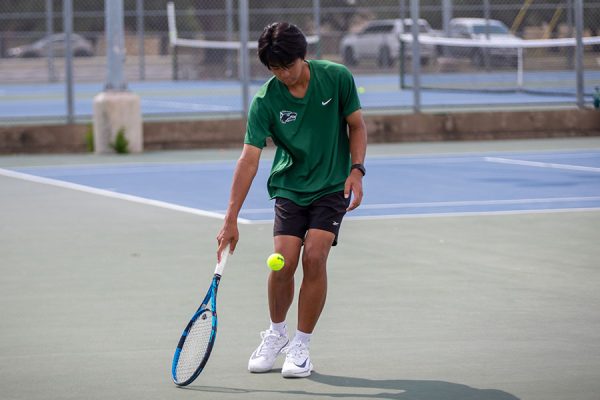
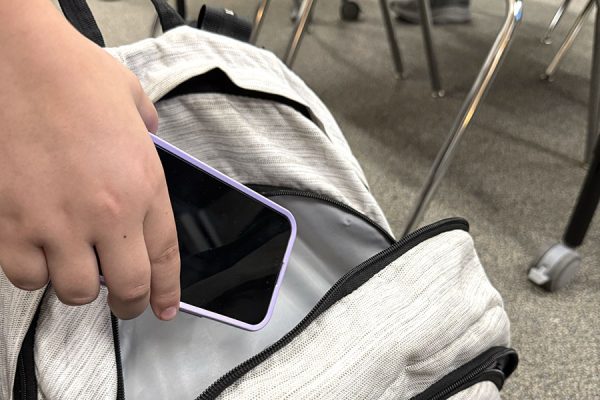
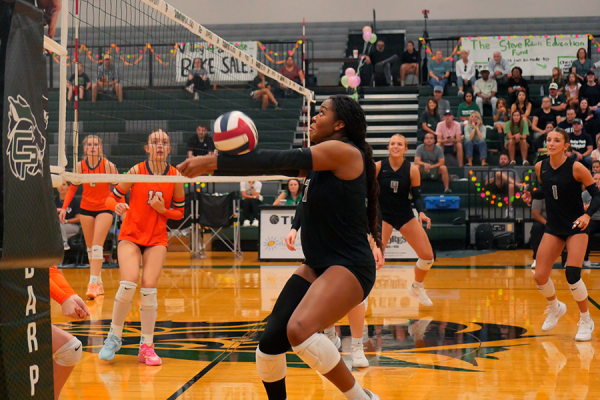
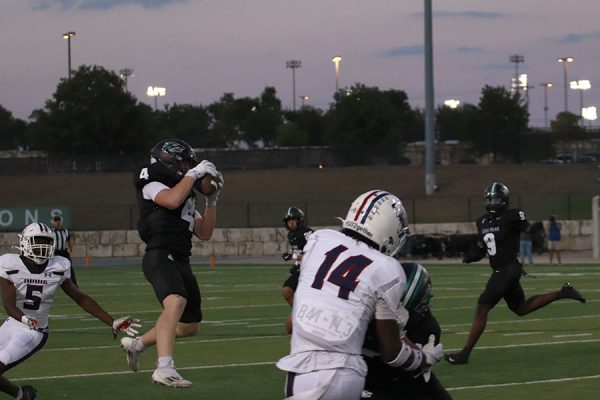
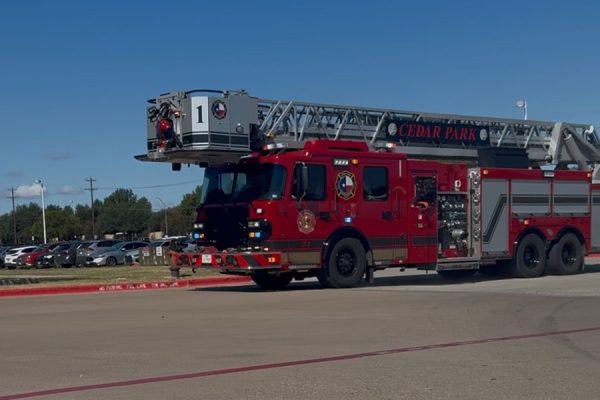
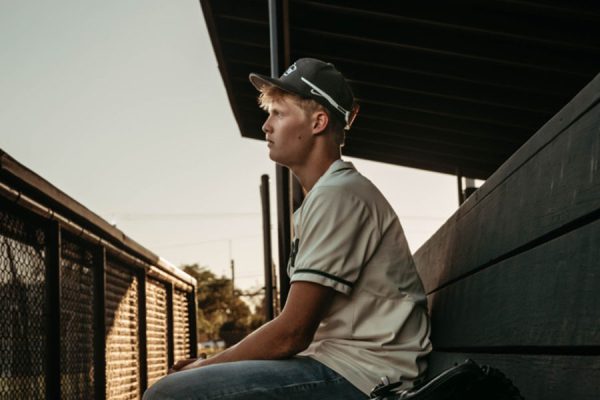

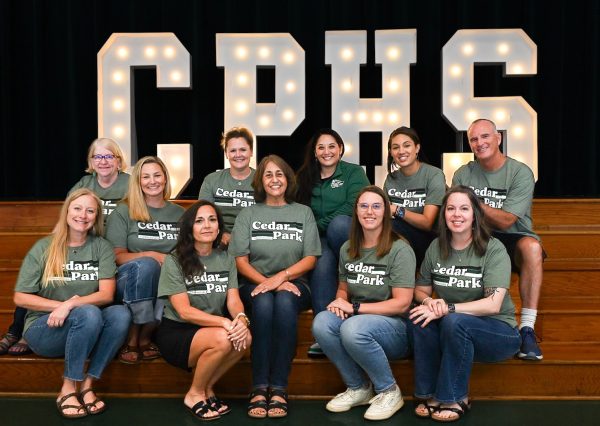

![The fire department came to the school after students were evacuated when smoke started coming from the ceiling of a classroom. All students and staff are safe. “All of my friends left their stuff too, so we couldn’t contact our parents, and it was stressful,” senior Brynn Fowler said. “It was scary because I didn’t know [what was going on], and I couldn’t find anyone because it was a big crowd.” Photo by Anthony Garcia](https://cphswolfpack.com/wp-content/uploads/2025/09/firetruck-300x200.jpg)

![Finishing her night out after attending a local concert, senior Grace Sauers smiles at the camera. She recently started a business, PrettySick, that takes photos as well as sells merch at local concert venues. Next year, she will attend Columbia Chicago College majoring in Graphic Design. “There's such a good communal scene because there [are] great venues in Austin,” Sauers said. “I'm gonna miss it in Austin, but I do know Chicago is good, it's not like I'm going to the middle of nowhere. I just have to find my footing again.” Photo Courtesy of Grace Sauers.](https://cphswolfpack.com/wp-content/uploads/2025/04/Grace-300x225.png)


